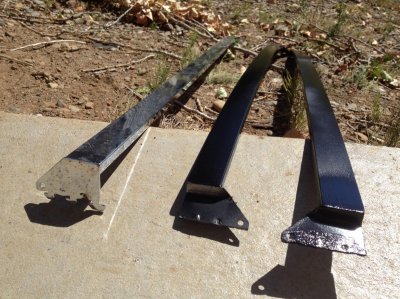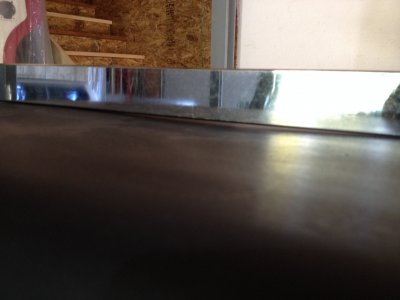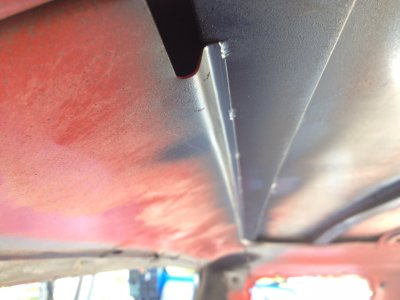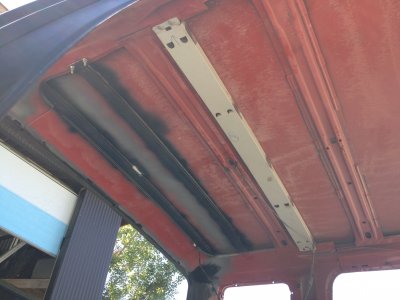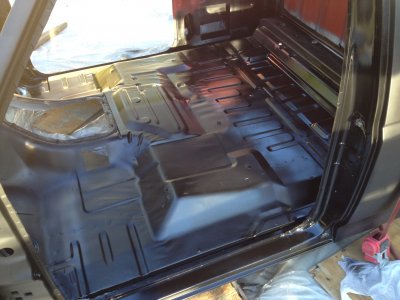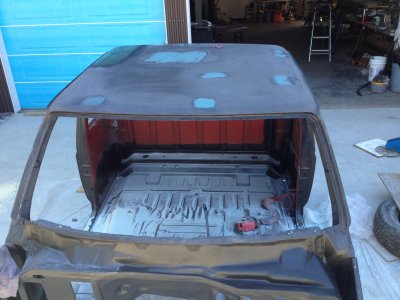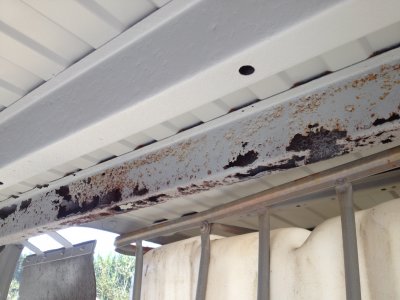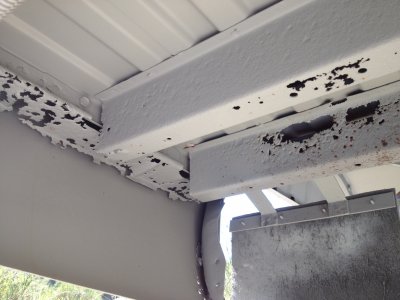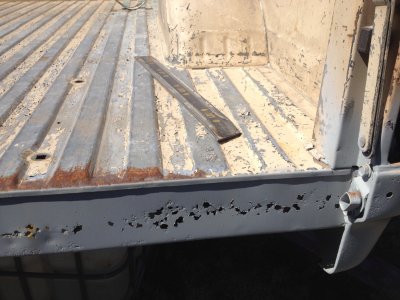Here's a quick write up on fixing a pinhole that went through the extended cab panel. This was actually there for a few years but phosphoric acid, followed by zinc rich primer and a dab of seam sealer prevented it from spreading.
You must be registered for see images attach
You must be registered for see images attach
Here's the view from inside with the light shining through:
You must be registered for see images attach
You could try welding this as is, but since the metal is so thin, it would result in chasing a blob around the edge until it finally built up enough to close it off. This usually results in a lot of heat, filler material, and of course distortion. Once the weld is ground flat, there is more usually distortion. And, since you would be welding over pockets of rust, contaminants could result in porosity (more pinholes!). This YouTuber shows the conventional way of trying to Tig weld holes in a car body. Even if it wasn't for the lack of surface prep, its painful to watch:
https://www.youtube.com/watch?v=ug6qnJhIngs
Keep in mind I'm not a ticketed welder and probably never will be (My old man would lynch me if I went that route with my career

). So here's the method I came up with.
First, drill the pinhole out in order to get thicker steel around the edges. Step drills area always nice. Allow a slight champfer or use a de-burring tool if you don't have a step drill.
You must be registered for see images attach
Next, take a 1/4" punched steel sheet pill and test the size. The drilled hole was 6mm, so it was pretty close fit.
You must be registered for see images attach
Now for the tricky part. Pound the pill lightly against a steel backing. This will flatten the bur, and expand the pill slightly to get flange that rests on the champfer.
You must be registered for see images attach
The result is a very tight and flush fit.
For welding, start with a small tack. Don't use filler rod, just add heat until the edges flow together. Start on the parent material, establish a puddle and gently coax it over the joint. The tack will pull a little when it cools but no matter, just tap it flat again. Do not weld it all in one shot.
You must be registered for see images attach
Then start from the opposite side and fill in the rest of the weld using the same autogenous welding method. Again, don't try doing it all in one go. Spread it out to three or four stitches.
You must be registered for see images attach
Almost no grinding required, other than to clean up some of the burned surrounding paint. No distortion either.
You must be registered for see images attach
You must be registered for see images attach

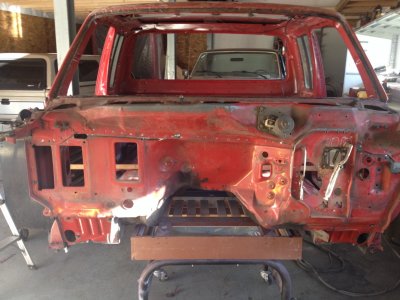
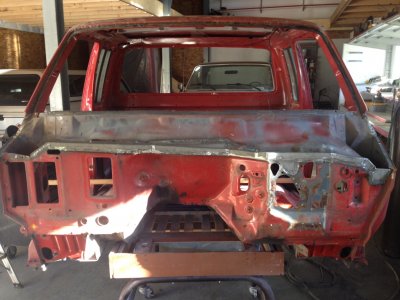


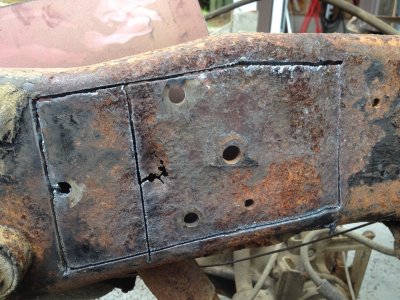
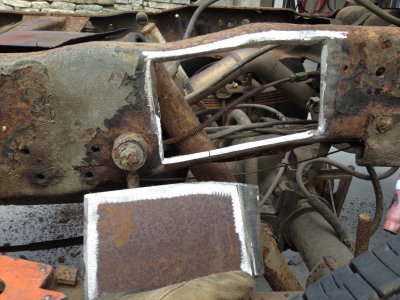
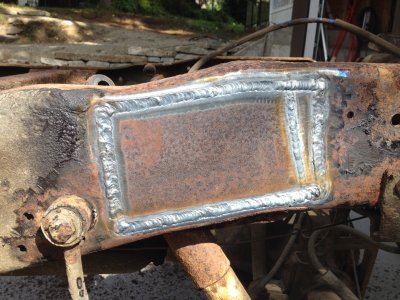
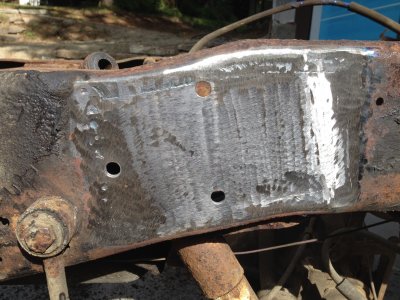
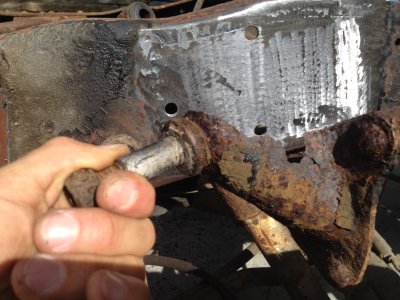
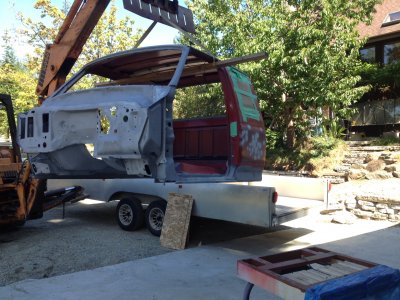
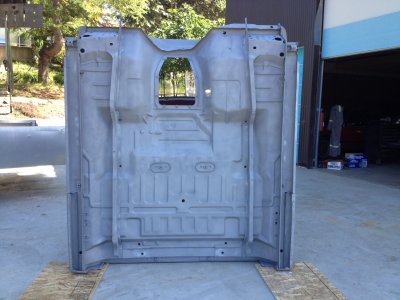
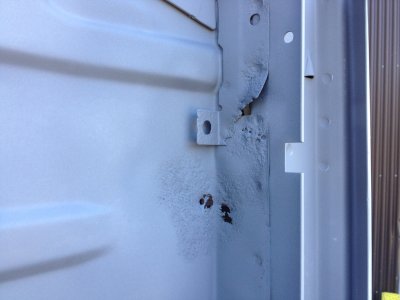
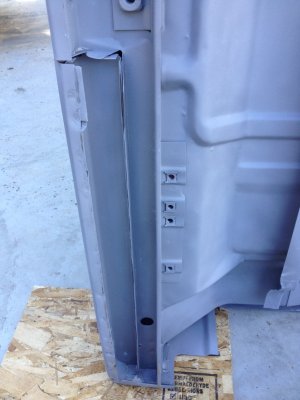
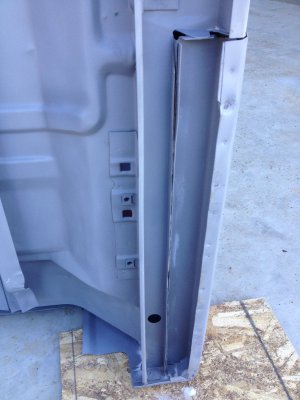
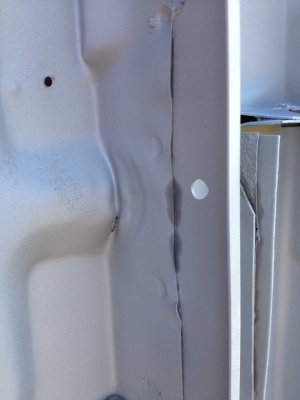
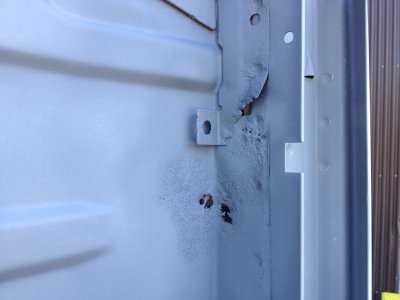
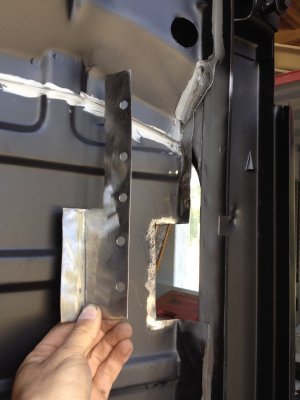
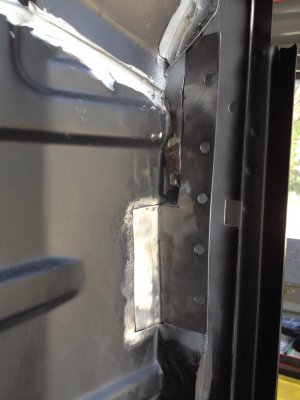
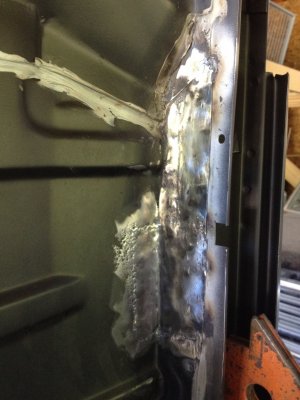
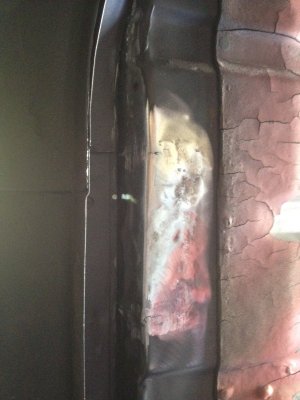

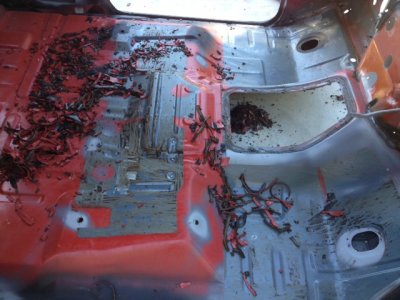
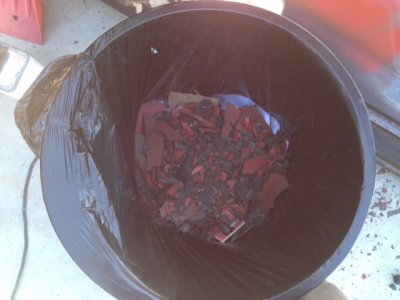
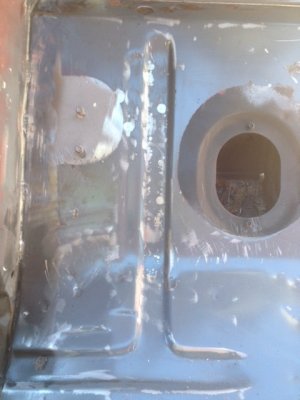
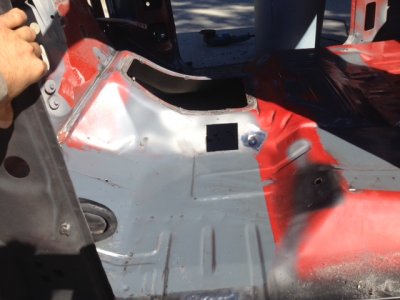

 ).
).
